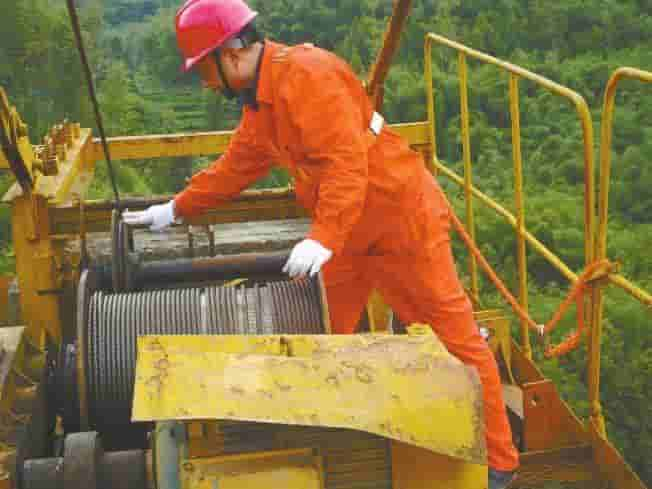Industrial overhead cranes used within facilities to transport large, heavy, and bulky loads offer a variety of safety benefits to operations with precision remote handling and the ability for an operator to maintain a safe distance while directing the equipment. Most cranes are utilized to move a load side to side, backwards, and forwards from one point to another while the operator remains at floor level. However, when inspecting or servicing cranes, these activities require personnel to be working at height.

Although a mobile scissor lift, aerial work platform or crane walkway can provide access to the crane components, fall protection must still always be used when working at heights. In some situations — such as the manufacturing and assembly of extremely large or tall machinery, or the need to perform maintenance on a large piece of equipment — a physical platform can be used to access the equipment. In these cases, to ensure that this type of work to be performed safely, a fall protection system must be deployed.
The most commonly used fall protection system for operator safety when working in and around cranes at heights is known as a fall arrest system. These devices include a harness worn by the operator latched to a self-retracting lanyard that is connected to an overhead anchor point. Should an operator lose their balance and fall, the system reacts immediately to ensure they are stopped and suspended mid-air.
When used in the same areas where overhead cranes are located, a decision must be made as to where to position the anchor point, or multiple anchor points. Depending on the operation, the type of overhead crane used, and the work that must be performed, a variety of solutions may be utilized.
The OSHA standard for fall protection systems criteria and practices states:
Some systems use a fixed anchor point on the crane that is capable of supporting the OSHA required 5,000 pounds; others use a second fall arrest system added along the runways or bridge as a separate anchor point, allowing the employee to move freely. In these situations, the crane must be locked-out/tagged-out to prevent its movement while the employee is working on the crane. Additionally, other safety systems can be folded in and out of the crane’s operating area as needed when the crane is immobilized and locked out.
In applications where the operator and the crane must both be able to move, a secondary support system for lanyard connection points can be installed above the crane’s bridge and girders. In this case, systems should be installed to prevent the crane from colliding with the fall protection system, these could include zone limits or physical crane stops.
Best practices that keep employees safe from falls when working at heights include:
Contact our crane specialists
Send us a message and we will get back to you as soon as possible.